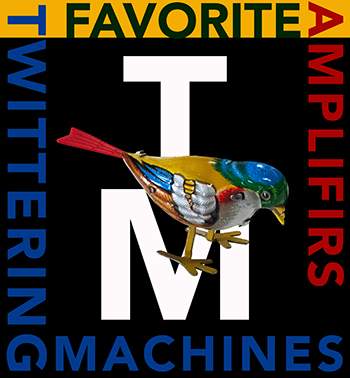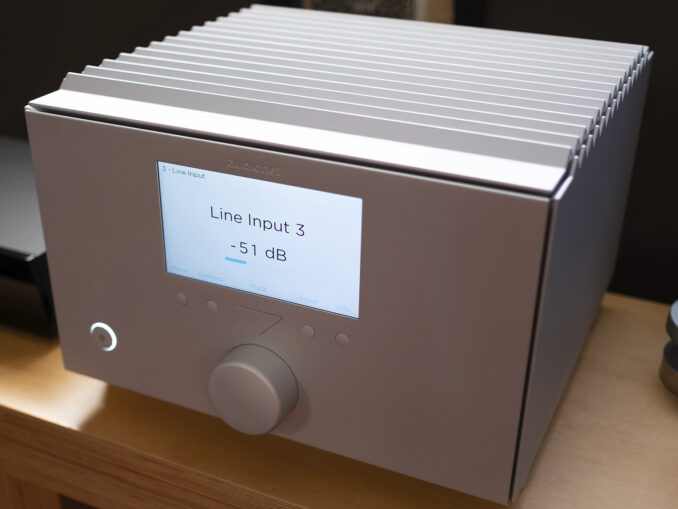
When you buy most anything, you’re paying for everything involved in designing, making, packaging, distributing, marketing and selling that thing. You’re certainly not, as some audiophiles appear to think, just paying for some parts.
Germany’s Audionet tapped into the design prowess of industrial designer Hartmut Esslinger, who also designed the original Apple IIc which was acquired by the Whitney Museum of Art among many other things, for the HUMBOLDT. Regardless of what you think about this fact or how the HUMBOLDT looks, there’s no getting around the cost that comes with hiring a world-class designer and I for one am all for it because I care about how things look. Call it a blessing and a curse.
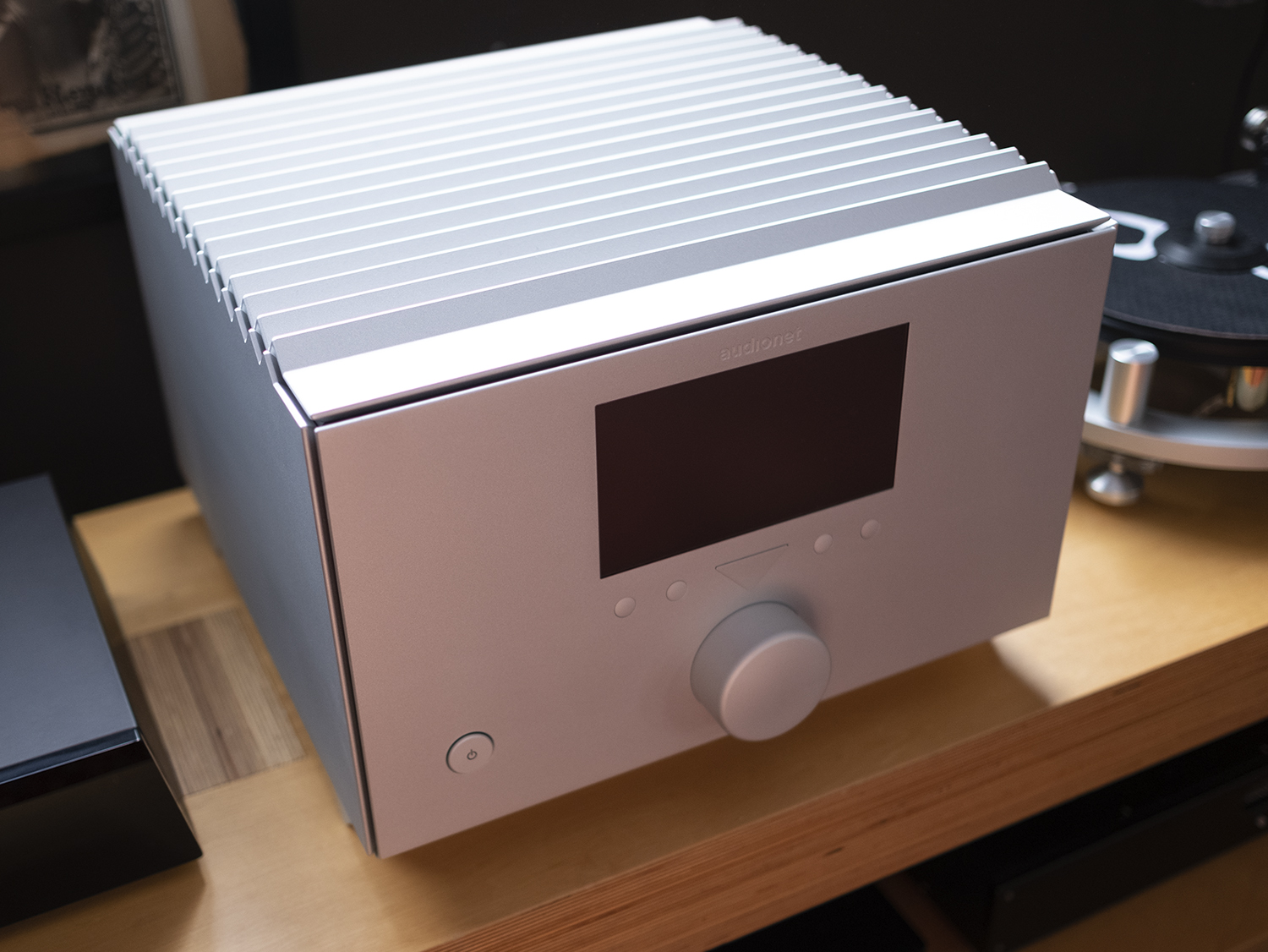
The vertical-ness of the made in Germany HUMBOLDT’s design also serves what’s going on inside, allowing for physical isolation as well as adequate heat dissipation aided by those angled, perforated rows up top. Heat, rises.
I’m going to let Audionet hit the high notes of the HUMBOLDT’s design (and I quote):
- Double mono layout of all circuitry and power supply for maximum channel separation.
- Magnetically and capacitively optimized circuit and device design without any ferro-magnetic materials.
- Floating Pane Design for optimal resistance against microphonic effects and temperature stability.
- The floating panels of the body are resonance-optimized by pads on an aluminum frame.
- Mounting and bolted assembly of transformers made of stainless steel.
- Air Flow Design circuit boards for an optimum of cooling and stable quiescent currents.
- Galvanic separation of all analog circuits by opto couplers.
- Rhodium RCA inputs and mains connector by Furutech.
- Volume controller on a double ball-bearing axis and with magnetic ratchet and optical sensing.
- DC coupled with no sound diminishing capacitors or coils, shortest signal paths.
- Four power supplies for positive and negative power currents, separate for input & driver stage and power stage.
- Two encapsulated und decoupled 100VA and two encapsulated and decoupled 850VA toroid transformers.
- Low impedance-optimized power capacitors with a total capacitance of 312.000 µF.
- Total capacitance 400.000 µF.
- Newly developed contextual operating concept.
- By-Pass mode for integration into home cinema systems..
- Audionet Link outputs for the remote control of further Audionet ULTIMATE SERIES devices.
- Microprocessor control with separate power supply monitor and control of all functions, informing the user on a high resolution display.
- User definable names for each input, input levels adjustable for each input.
- User selectable function to remove DC levels from signal sources.
- Rhodium fuse.
- PreAmp Outputs in RCA and XLR for connecting additional Power Amps.
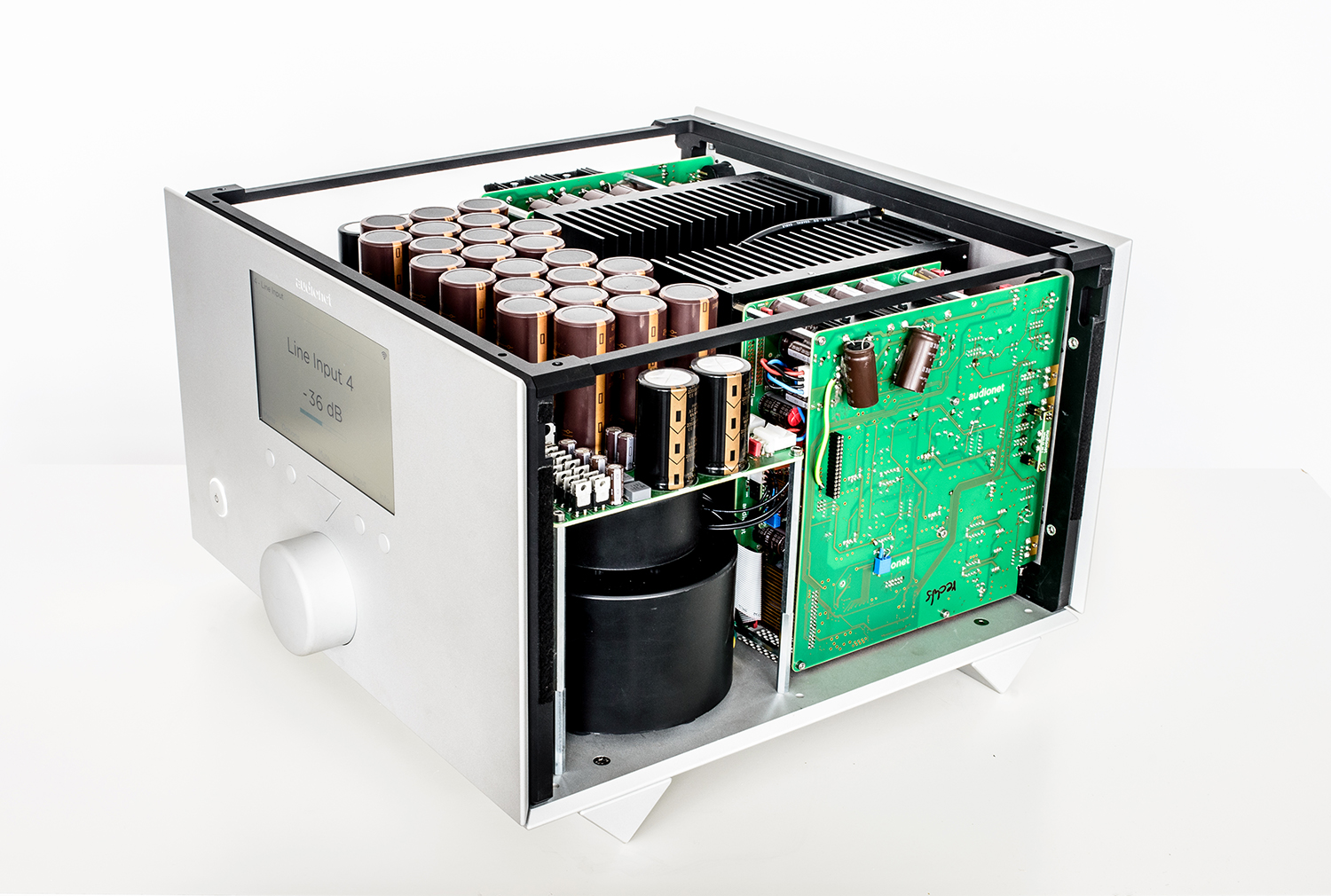
The HUMBOLDT puts out 2x 320 Watts of power into 8 Ohms (2x 460 Watts into 4). Thanks to Audionet’s image above, we can see plenty of large capacitors (12 per channel), one of four large toroidal transformers, as well as the discrete dual mono layout with mirrored channel layouts per side.
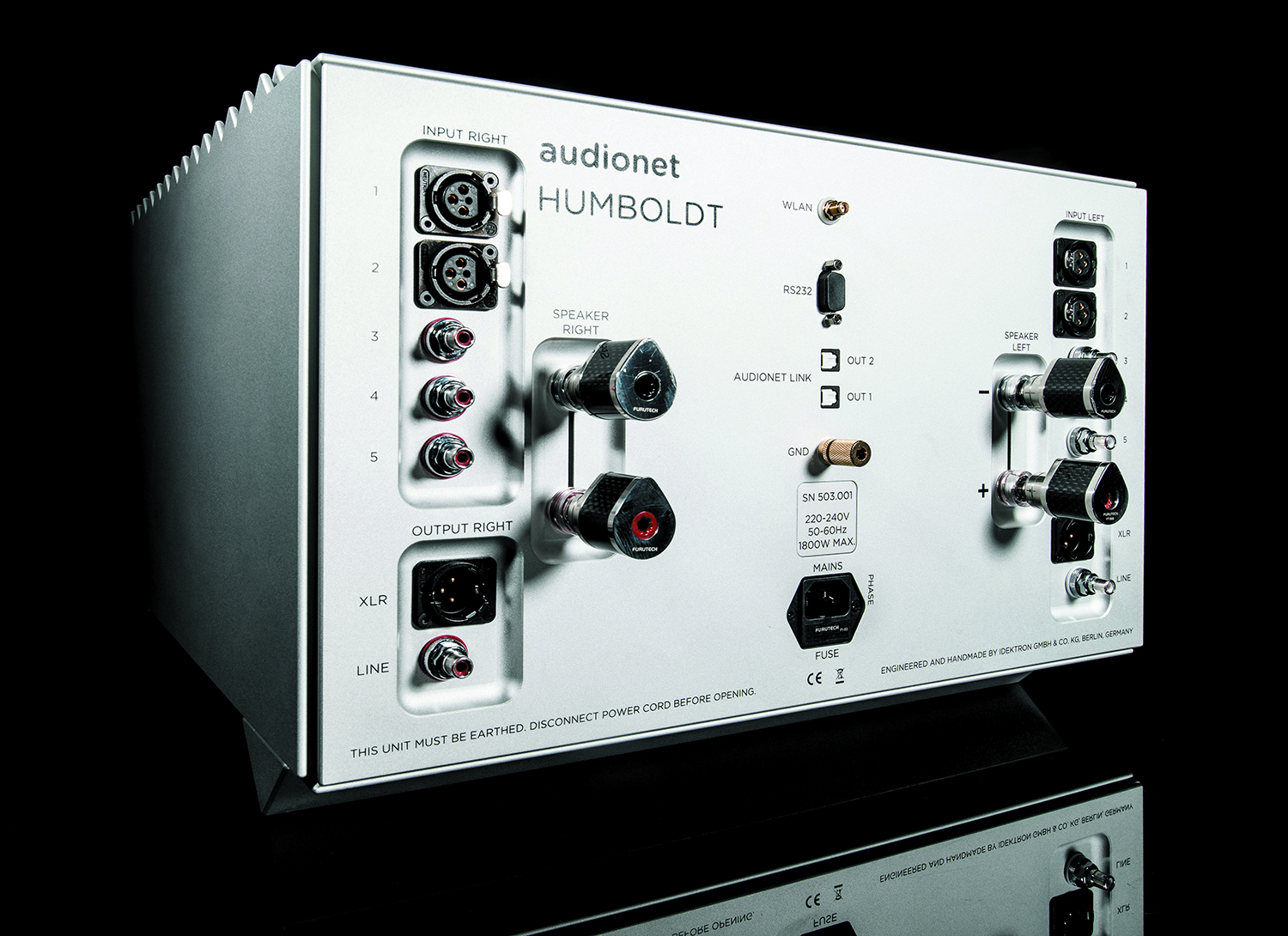
Which also explains the backside layout with all things right channel on one side and all things left on the other with a total of 5 inputs (3 pair rhodium-plated Furutech RCAs, 2 pair Neutrik balanced XLRs), speaker binding posts, 2 pair of variable outputs (Furutech RCA, Neutrik balanced XLR), WLAN antenna socket, serial port (RS232), Ground, two Audionet Links for remote controlling multiple Audionet products, and an IEC inlet. As the 70+ page manual explains, WiFi is used for functions like firmware updates as well as controlling the HUMBOLDT using the AN-Ultimates Control Ap, while the serial port is for connecting to home automation systems. I stuck with using the included hefty aluminum remote and that handshake-sized volume knob up front.
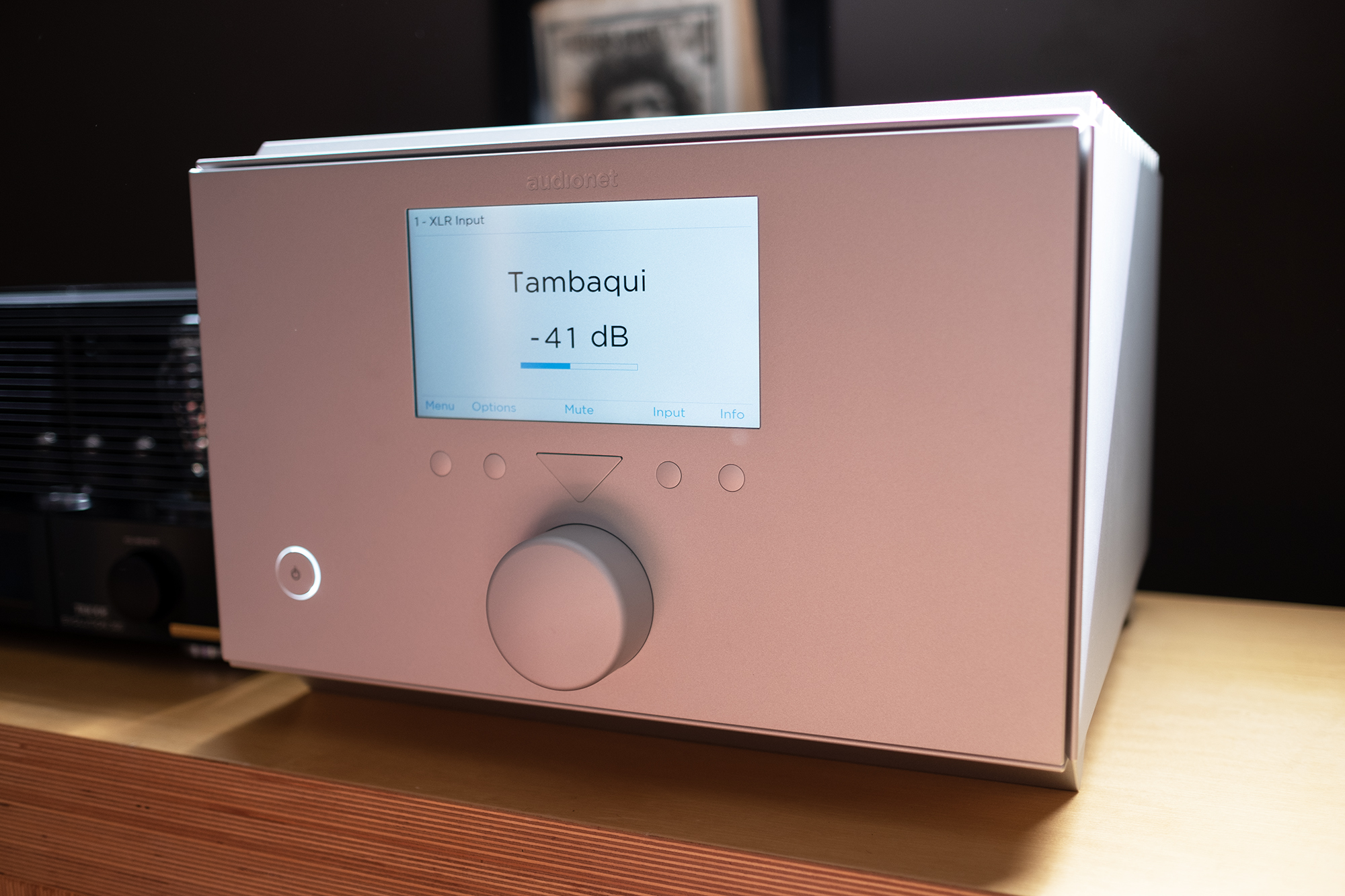
Under the large TFT screen reside four round buttons and one triangular shaped one dead center whose related functions can be changed to fit the owner’s needs. I’ll refer you back to that 70+-page manual for all of the details except to point out that you can name the inputs, an option I took full advantage of. The power button sits on the bottom left and the startup and shut down process—“Waking Up…” and “Going to sleep…” appear on that big screen—takes a minute or two. There’s also a protection system that keeps the HUMBOLDT and your speakers safe from user error.
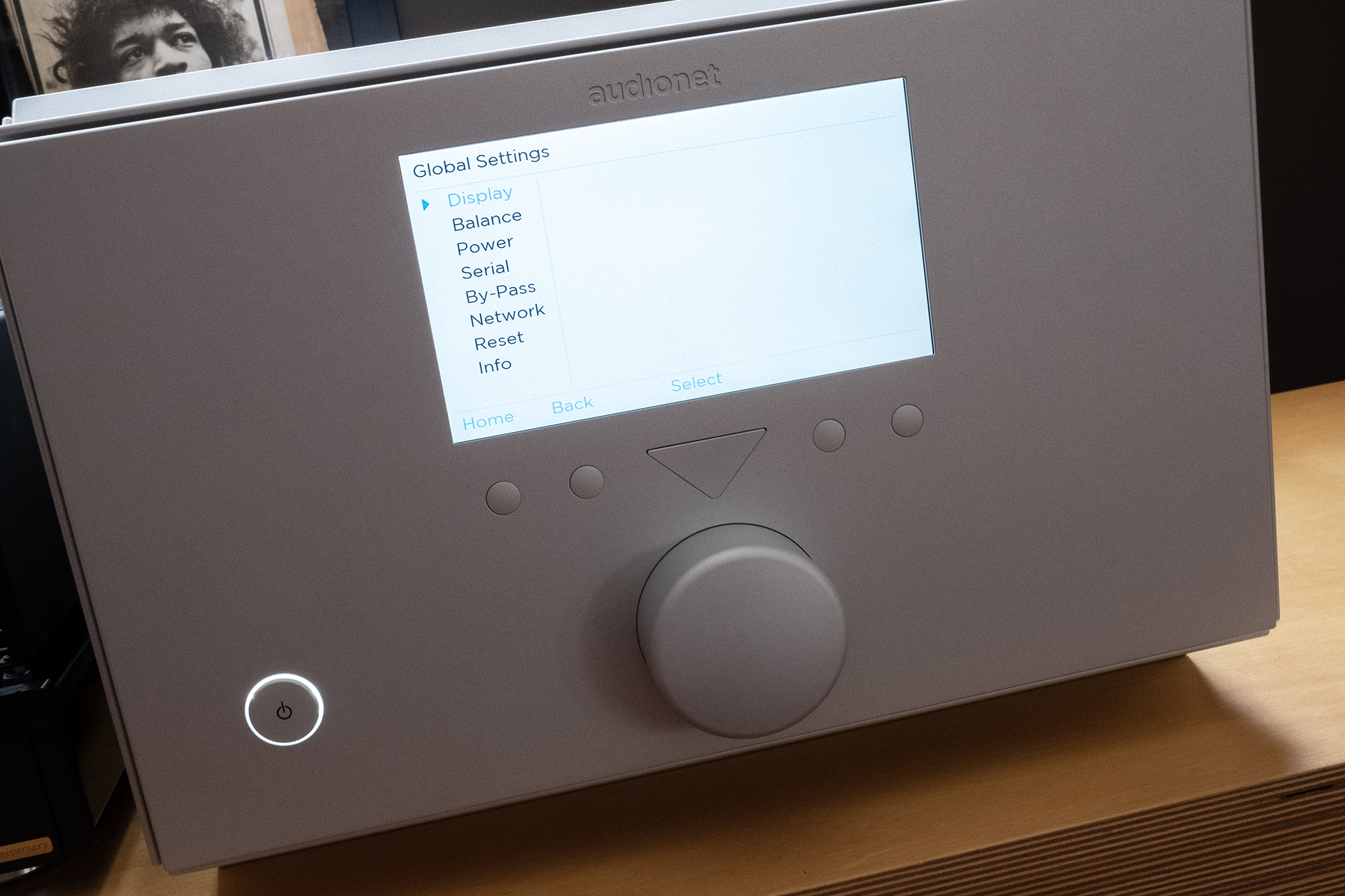
In use, the HUMBOLDT was pure pleasure and its build quality and tactile appeal are first rate. World class. You can see a bit of space between the front, top, and side panels because they are not connected to each other so they ‘float’ free from one another and are attached to the chassis proper. No vibrations are good vibrations.
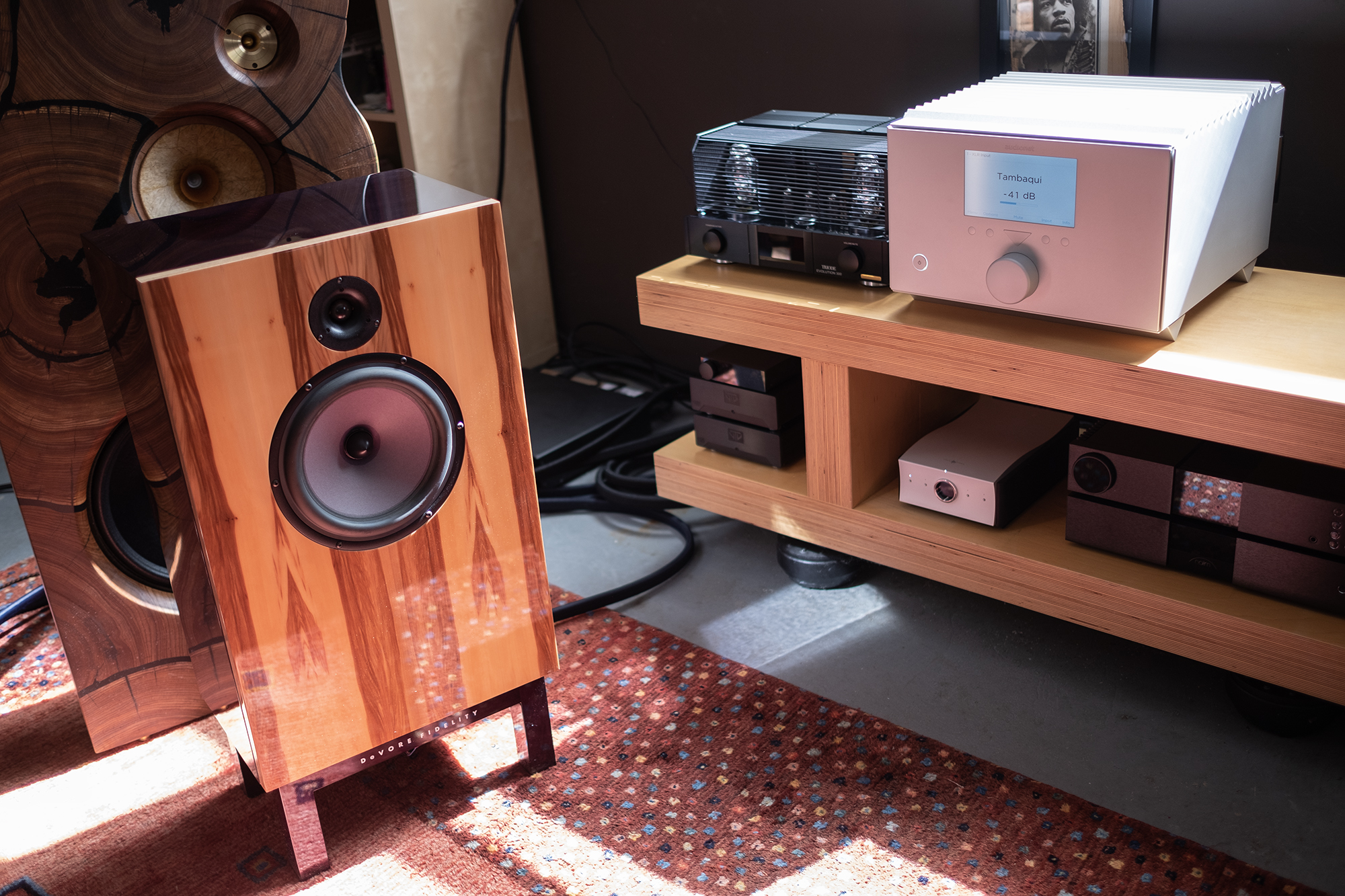
I will share, much to my chagrin, that one of the speakers slated for use with the HUMBOLDT never arrived which is a shame but in this case unavoidable. So the HUMBOLDT spent most of its real review time paired with the Vivid GIYA G3 Series 2 speakers (review) and the DeVore O/96 (review). In perhaps one of the most unexpected, OK more like flat out odd pairings, the HUMBOLDT also spent some time driving the fullrange drivers on the review Treehaus Audiolab ‘Phantom of Luxury’ Field Coil Loudspeakers (more info), odd because those full rangers need but a few Watts to make them sing. Did I mention the Audionet integrated weighs about 130 pounds? Which is one reason it never left its home on my custom Box Furniture ‘Fallen A’ rack.
Christian Fennesz’s Endless Summer, originally released in 2001 by Mego, is a luscious treat of a record that opens with a small sheet of static placed dead center between the speakers. Other sounds join in as time goes on, entering from stage way left, way right, and other points in space, everywhere but where the DeVore O/96 were. This kind of complete and total dissociation between sound and speaker is something I’ve heard before but with the Audionet HUMBOLDT in charge, the divorce between source and sound was complete. I attribute this aspect of performance to two things—power and control—two things the HUMBOLDT appears to have in abundance. With the Mola Mola Tambaqui taking care of streaming and D to A conversion, these sounds also had great depth, physicality, and presence and when acoustic guitar joined the electronic haze, it was abundantly clear that the HUMBOLDT knows its way around tone, texture, and timing.
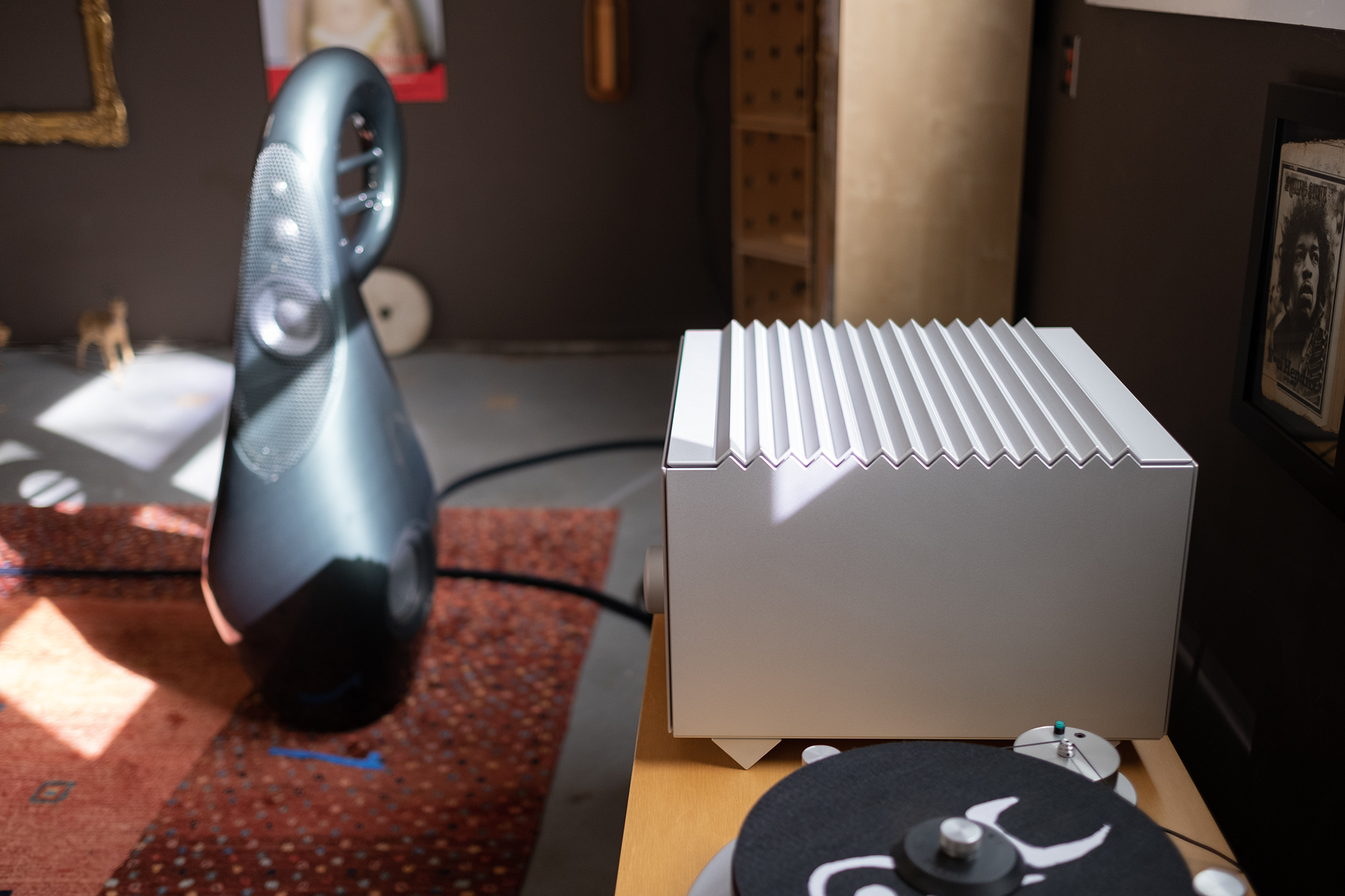
I started my Audionet listening time with the HUMBOLDT driving the Vivid GIYA G3 and was struck, like a slap, by the pure, clean, crystal clear clarity of that pairing that left no trace of itself on the music that took up residence in Barn and these same sonic traits—pure, clean, crystal clear clarity—were also transferred to the DeVores and Fennesz’s Endless Summer tribute that leaves little trace of the Beach Boys.
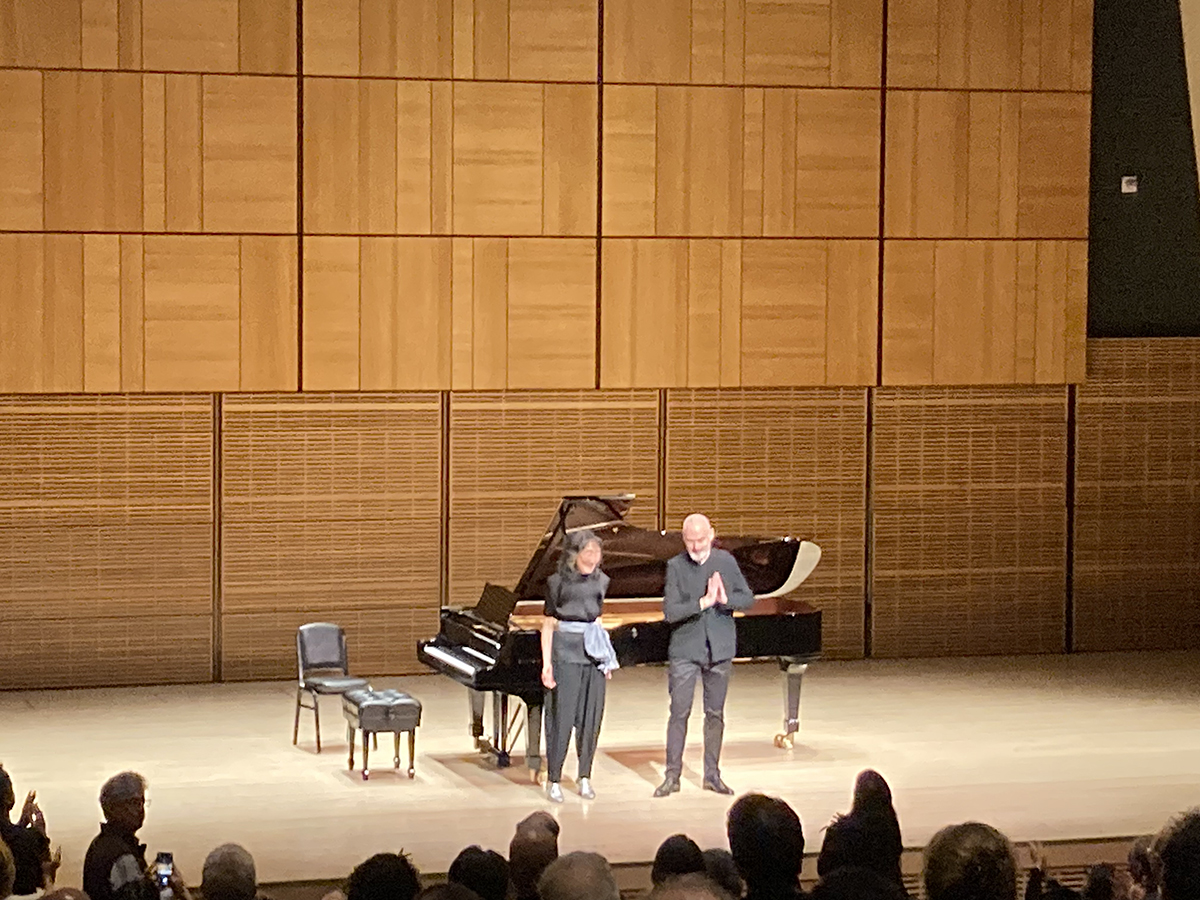
I recently had the distinct pleasure of attending a performance of Franz Schubert’s Winterreise at Zankel Hall as performed by tenor Mark Padmore and pianist (wizard) Mitsuko Uchida. And have a few tings to say about that experience—what a joy it is to experience this level of musicianship, what a joy it was to hear one of my favorite pieces of music live, and why in the world would anyone try to compare that to this? The notion that a hifi can somehow recreate a live event is like asking a cow to dance the tarantella while making a fine puttanesca. To quote Michael from Deer Hunter (again), “Stanley, see this? This is this. This ain’t something else. This is this.”
I’ve had a soft spot for Brigitte Fassbaender and Aribert Reimann’s Winterreisse since it was released in 1990 on EMI. Those were my NYC loft living days with no TV, lots of books (lots of books), and pretty much nothing but contemporary classical music. Of course I made some exceptions, Schubert being one and Mitsuko Uchida was another, so I’ve been listening to this Fassbaender recording for a few decades. And with the sounds of Arthur Zankel Hall still resounding between my ears, Fassbaender and Reimann took up residence in Barn albeit in a very different manner.
Thanks to the choice(s) in mic placement, the recorded sound of this Winterreisse was much more intimate than sitting in Zankel Hall, with Fassbaender smack dab center stage and presented with such fine grained clarity. dimension and form I felt as if I could nearly walk around her in Barn. Nice. The Audionet HUMBOLDT offered among the clearest, most incisive, and purist sound of reproduced music I’ve had the pleasure to experience in Barn that moves one’s focus directly into the delicate quivering beauty of the music in play. What’s more, and it’s more than most integrated amps I’ve heard, I felt as if I could listen in as closely as I wanted to the micro-est movements without breaking the spell.
Kim Gordon’s latest, The Collective, is among my favorite records of the year (so far) with its badass sexy dangerous sound. Deep throbbing bass, screaming guitar, cymbal heavy percussion, and Gordon reciting what feels like stream of consciousness poetry (in the best possible way) in her cool, nearly laconic delivery. And the Audionet HUMBOLDT was unfazed by even the angriest levels of distortion and biggest, baddest, deepest bass waves bringing the full energy, impact, the physicality of this very physical music in Barn in gasp-worthy fashion (I actually did make a sound out loud when I felt those first few bass notes hit my chest).
I’ve reviewed a few integrated amplifiers that have stood out in one way or another and they include the Riviera Levante (review), Viva Solista (review), and Soulution 330 (review) and the Audionet HUMBOLDT does not sound like any of ‘em, none of them sound alike, which is a beautiful thing in my book of hifi because voicing is a human endeavor. And the HUMBOLDT’s voice is one of purity, effortless power, deft control, and like Superman sounds faster than the speed of music (I don’t think it can leap tall buildings). All of these sonic strengths made The Collective come alive in Barn with such force, power, and drama I was left feeling like I’d been run over by a Gordon. I will also add that the recently reviewed Grimm MU2 (review)/HUMBOLDT/Vivid system was a true master of purity in sound.
Meg Baird’s The Furling, released on Drag City back in January, is a dreamy psych-folk fest filled with shimmering beauty. Layers of Baird on vocals, piano, and acoustic guitar joined by Mellotron, synths, and drums washed over the Barn and me with a warm delicacy that had me swooning. The sound of Baird’s acoustic guitar was about as life-like as I’ve heard from a recording, I keep a few around the Barn and strum ‘em on occasion to massage that part of my brain, so I know from whence I hear and the HUMBOLDT’s effortless power and speed captured strings, wooden body, and the light and life they produce with masterful precision.
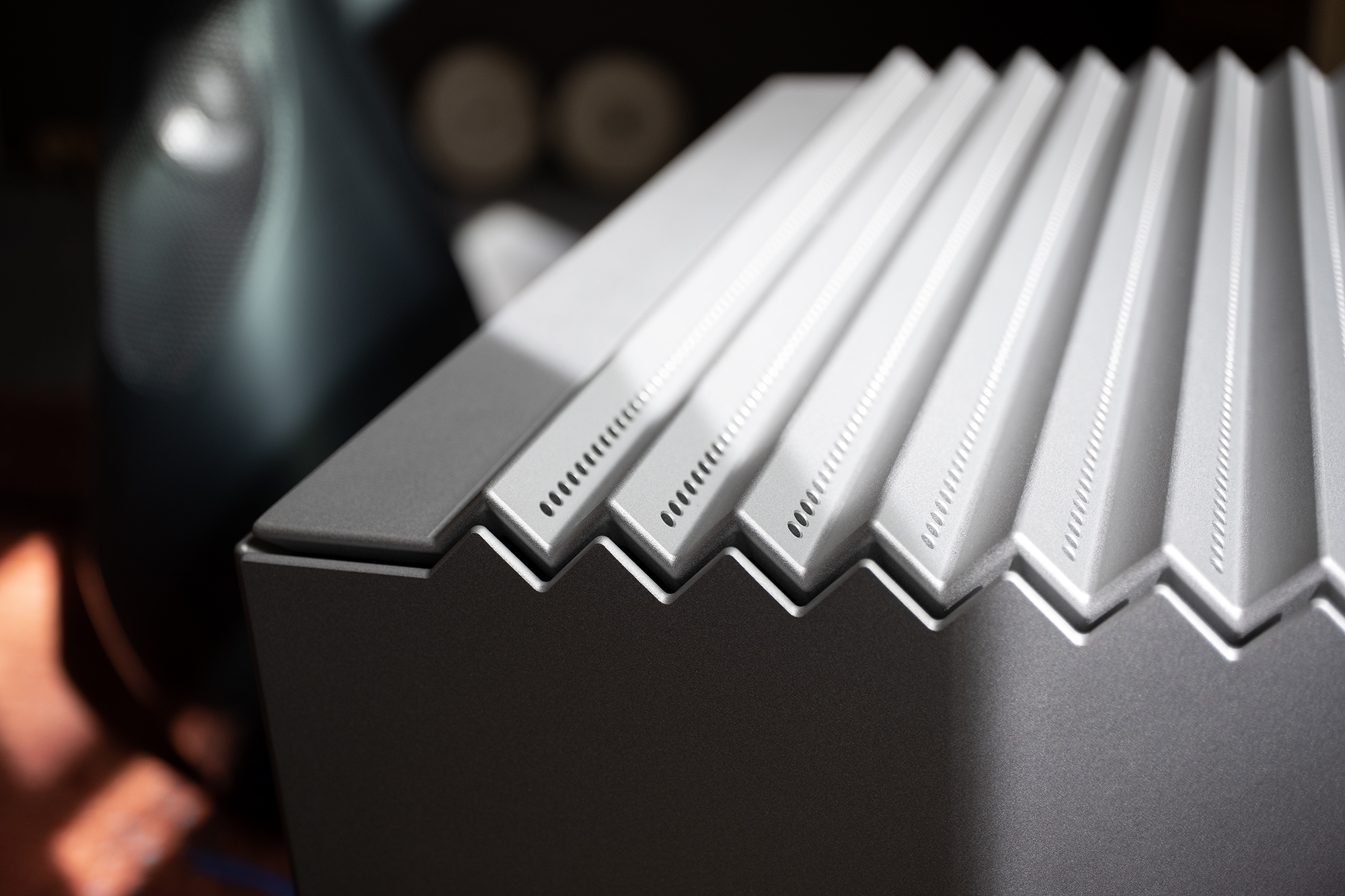
Vocal duets, here its multiple Bairds, can tell you a lot about your hifi and its ability to recreate voices and the people behind them in space without blurring into an amorphous mass. If this aspect of reproduction was a test, the HUMBOLDT aced it as it is a master at resolution, clarity, and unwavering control lending each element of “Star Hill Song” as a distinct form in space with every last ounce of voice, tone, and texture in tact. This level of purity, which was apparent on every pair of speakers the HUMBOLDT got to play with, is perhaps its most astounding quality as it makes music, all of the music it powered during its 6-week Barn stay feel vital, alive, and perfectly present.
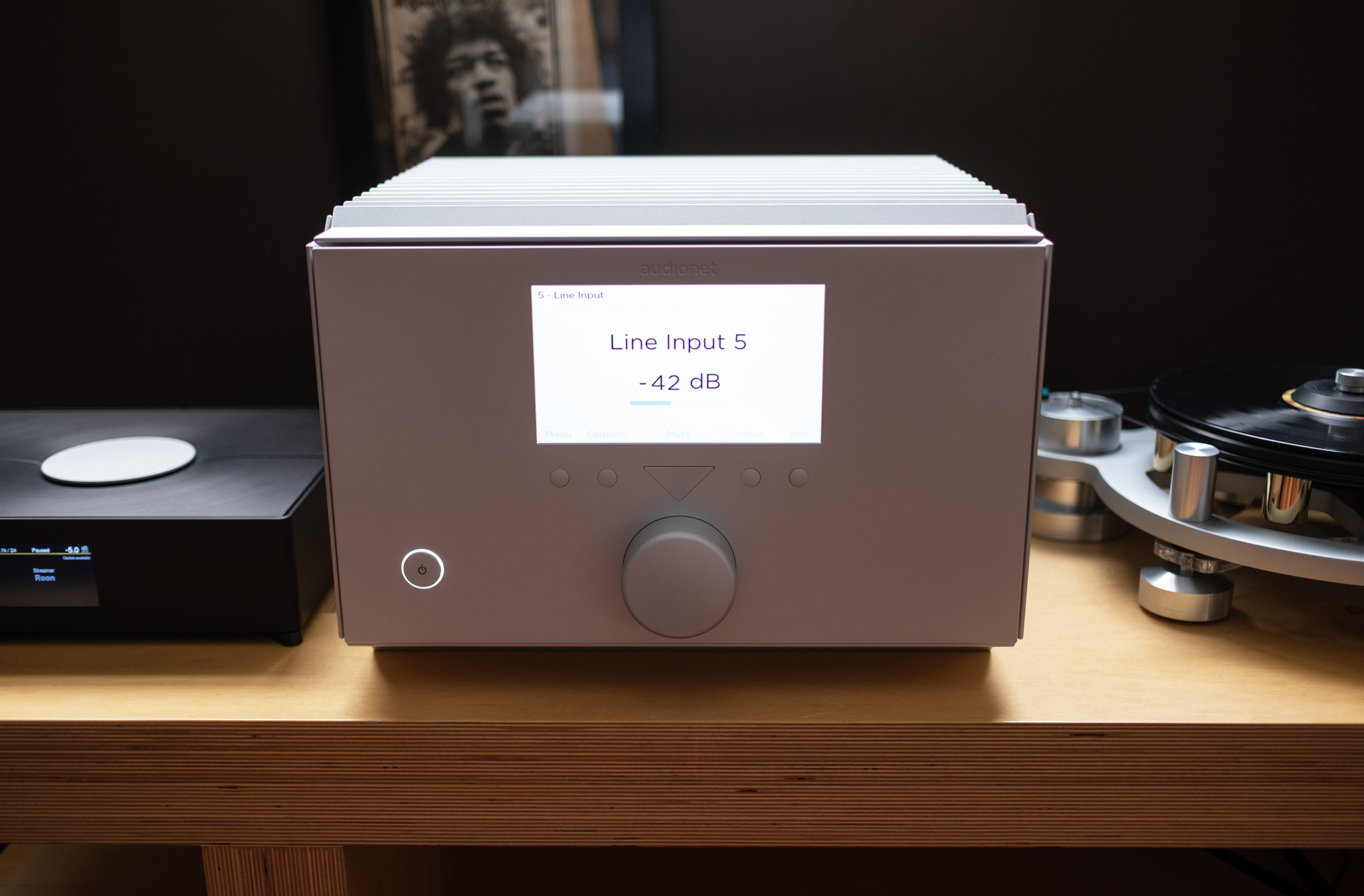
I’ve been around the hifi block for a long time. My father was an audiophile so I grew up in that environment, thankfully an environment that valued music as dearly as its reproduction. I learned that investing in hifi, taking time and care in putting things together could get me closer to the music, the people who make it, and perhaps of greatest importance well out of my little world and into others. You know, learn a thing or two outside the comfort zone.
The value we place on all of this is a deeply personal thing, and is as much a matter of taste as it is a question of budget. For people with the interest and means to shop in the Audionet HUMBOLDT’s league, its complete package–look, feel, and performance that is epitomized by supreme purity—is richly rewarding.
Audionet HUMBOLDT Integrated Amplifier
Price: $58,750
Company Website: Audionet
US Distributor Website: GTT Audio
Technical Data
Type: Ultimate Analog Integrated Stereo
Amplifier Output Power: 2 x 320 W into 8, 2 x 460 W into 4
Frequency response: 0-700.000 Hz (-3 dB), DC 0,3-700.000 Hz (-3 dB), AC
THD+N: <-100 dB @ 1 kHz
SNR: > 120 dB, (A-weighted)
Channel Separation: >140 dB, 20-20.000 Hz
Input impedance: Cinch (Line): 50 kl
Symmetrical (XLR): 35 kl
Mains: 220…240 V or 110…120 V, 50…60 Hz
Power consumption: < 0,5 W Stand By, max. 1800 W
Dimensions: Width: 450 mm
Height: 320 mm
Depth: 505 mm
Weight: 61 kg
Finish/Colours: Corpus: Aluminum, 9 mm, Silver or black Display light or dark Colour TFT
Display: Colour-TFT
Finish Corpus: Silver or black, Display: Light or dark colour TFT

